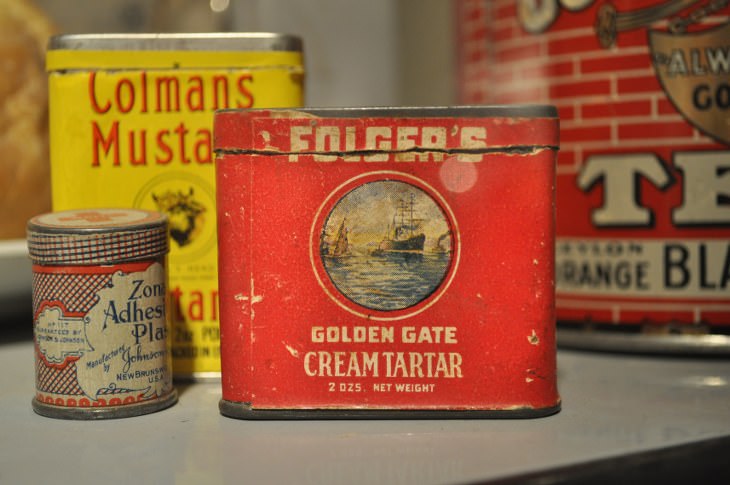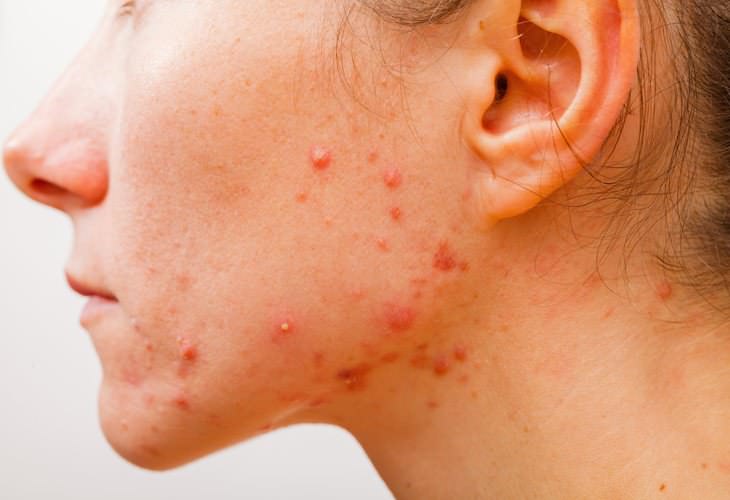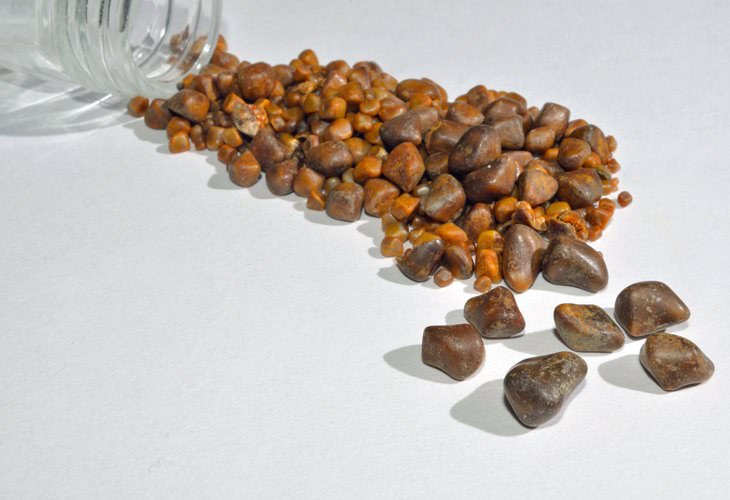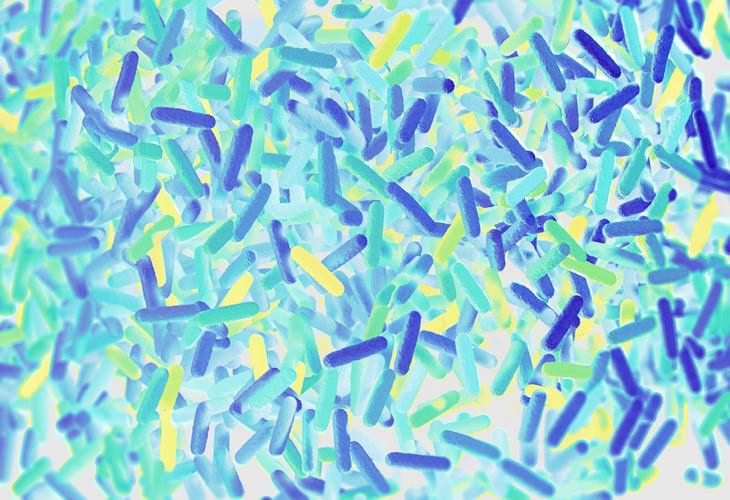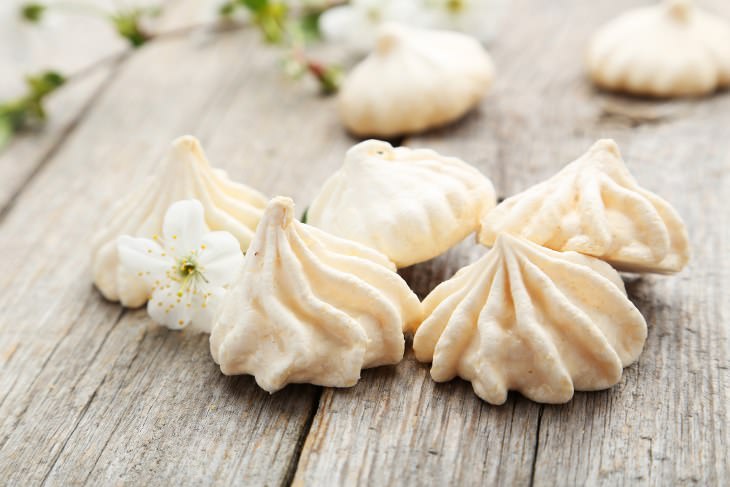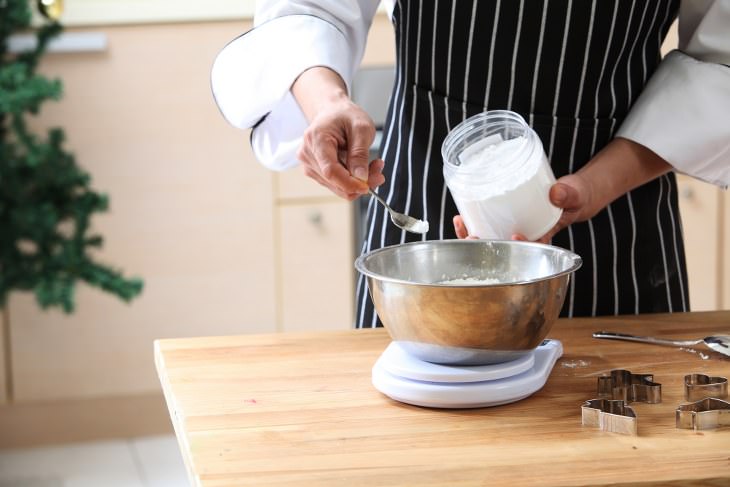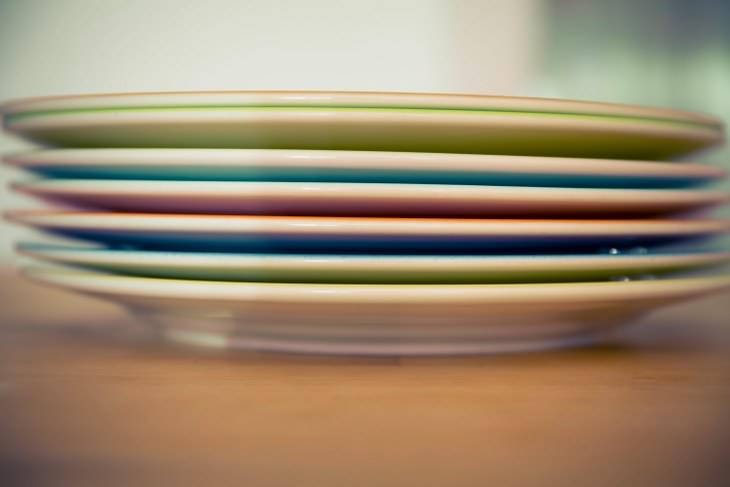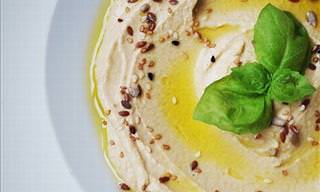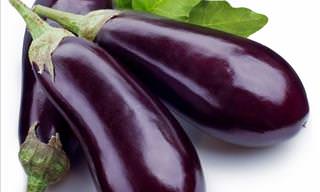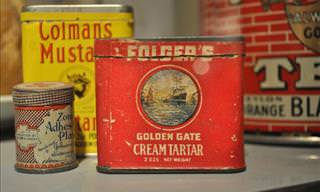What Is Cream of Tartar?
If you have ever encountered the word "tartar" it may have been in regards to tartar sauce. But cream of tartar is a lesser-known byproduct of the wine industry created during fermentation of grape juice in barrels. Tartaric acid crystallizes into sediment at the bottom of the barrel during the fermentation of the grapes but is not alcoholic. The residue is purified and turned into a white powder known as cream of tartar.
Professional bakers use cream of tartar to stabilize egg whites, creams and ice cream, and to maintain the white color of whipped cream. Even the baking powder we all know is made up of cream of tartar and baking soda. Cream of tartar is usually labeled with the code E336i on the list of ingredients. Cream of tartar (which comes as a powder) can be found in spice shops, nature stores, and specialty bakery stores, and is sometimes also available in large retail chains.
The Health Benefits of Cream of Tartar
1. Treats Urinary Tract Infections

Out of the many cream of tartar uses that exist, a primary one is its ability to change the pH level in your urine, turning it from an environment in which bacteria thrive, to one that is totally hostile to them (which is what you want). All you need to do to treat a urinary tract infection is to mix 1½ teaspoons of cream of tartar in 1 cup of warm water. Squeeze in some lemon or lime juice and drink the solution once or twice daily until you are cured.
2. Soothes Arthritis
Use this recipe to soothe your painful arthritis:
Ingredients
• 3 oranges
• 3 lemons
• 3 grapefruits
• 50g Epsom salts (magnesium sulfate)
• 50g cream of tartar
• 1.5 liters of water
Method
1. Scrub the fruits very well to ensure that all sprays or other contaminants are removed.
2. Blend the fruits well, including skins and seeds.
3. Leave the blended fruit mixture to stand overnight.
4. On the following morning, boil some water.
5. Add the Epsom salts and cream of tartar to the boiled water.
6. Add this mixture to the blend of citrus fruits.
7. Place in a suitable container and freeze.
How to take it
Consume two dessert spoons of the frozen mixture each morning, then follow up by drinking a glass of tepid water with ½ a teaspoon of a good vitamin C powder added to it. The batch you created and froze should last you for about two months.
Learn more about the early warning signs of arthritis here.
3. Helps You Quit Smoking
If you’ve tried to quit smoking numerous times, but with little success, you’ll be pleased to know that the cream of tartar can provide a solution. It is extremely effective at removing nicotine from the bloodstream, so all you need to do is mix some cream of tartar with a glass of orange juice and drink it before you go to bed each night. Doing so will strengthen your immune system and cleanse your body of toxins.
4. Fights Heartburn
Forget relying on heartburn pills – cream of tartar uses include the ability to naturally treat heartburn. Mix ½ a teaspoon of it with ½ a teaspoon of baking soda in a glass of water. As soon as you feel the onset of heartburn, simply drink 1 teaspoon of the solution.
5. Treats Acne
Due to its ability to detoxify and remove impurities from the body, cream of tartar can be used to treat acne. Mix 1 tablespoon of it with 8 ounces of water and drink the solution each morning. Do this for a month and you’ll notice fewer acne outbreaks and much clearer skin.
6. Prevents Gallstones
This tip is more of a preventative health benefit than a cure. Prevent gallstones from forming by mixing the juice of six lemons in a quart-sized jar with 1 tablespoon of Epsom salt and 3 tablespoons of cream of tartar. Top the rest of the jar up with water and place it in the refrigerator. Get into the habit of drinking a small glass of the solution each night and you should be able to eat whatever you want without gallstones forming.
7. Treats Bacterial Infections
Bacterial infections can cause a whole range of problems, from inflammation to swelling and fever. Cream of tartar can return much-needed alkalinity to your body. Simply mix ½ a teaspoon of it with ½ a cup of warm water and drink the solution to create a hostile environment for the offending bacteria that gave you the infection in the first place.
8. Lowers High Blood Pressure
In many instances, high blood pressure arises as a result of a potassium deficiency. If this applies to you (obviously you need to consult your doctor to establish this, who will likely administer a blood test), then you can return potassium to your body by drinking 1 teaspoon of cream of tartar mixed in a glass of water.
Using Cream of Tartar in Cooking
Cream of tartar has a number of uses when cooking or baking, and here are some of the most common uses:
• Sprinkle a small amount on vegetables before cooking them to help preserve their natural color.
• Add volume to meringue by adding 1/8 of a teaspoon of cream of tartar for each 2 egg whites you use.
• Adding a pinch to whipped cream will stabilize it and prevent it from deflating.
• Add a small amount to frosting in order to give it a more creamy texture.
Here's how you can make meringue using cream of tartar:
Making Baking Powder
Cream of tartar (potassium bitartrate) and baking soda (sodium bicarbonate) are two products that are closely related at the molecular level. They also serve very similar functions for many different purposes. However, this does not mean that they are the same thing.
When it comes to baking, they serve different purposes too, since baking soda has a far weaker stabilizing effect than cream of tartar does. However, when mixed together, they can create baking powder, which has a whole wealth of uses.
To make baking powder, simply add 2 teaspoons of cream of tartar and 1 teaspoon of baking soda to a bowl. Then, you only need to mix it vigorously until thoroughly combined, before using it immediately.
Learn more about the difference between baking powder and baking soda here.
Is Cream of Tartar Gluten-Free?
If you are sensitive to gluten or have celiac disease, then you'll need to do your best to avoid ingesting any form of gluten, a certain type of protein. It primarily comes from rye, barley, and wheat, yet it can also be found in products that may have come into contact with these grains at some point.
In isolation, the cream of tartar is actually gluten-free. However, it's important to be aware that the food it is frequently found in may not be. That's why it is important to check the label of anything you plan on eating since the law requires manufacturers to list all gluten-containing ingredients.
Click here to learn about the difference between celiac disease and gluten sensitivity.
Using Cream of Tartar as a Cleaning Product
1. Gets Stains Out of Clothes

You can clean stains from a variety of clothes by using a wonderful cream of tartar. To do this, add a little 3% hydrogen peroxide to a small dish with cream of tartar until you get a paste and apply it to the stain that you want to remove. Leave the paste on the stain for 5-10 minutes then wash in the washing machine. The paste is good for all stains, even those that you’re not too sure where they came from. Note that it’s best to check that the paste won’t damage the garment fabric first by doing a patch test.
2. Cleans the Bathroom
In order to restore your bathroom’s gleam, mix an equal amount of cream of tartar with baking soda, add a few drops of lemon juice, and you’ll have an awesome homemade bathroom cleaner. The solution is effective against traces of limescale that stick to baths, sinks, and toilets. Apply the solution to the dirty areas of your bathroom, wait about 30 minutes, rinse with water and wipe with a dry cloth.
3. Cleans Stainless Steel and Aluminum
Stainless steel and aluminum appliances sometimes accumulate water stains and dirt that distort their appearance. To remove these stains, mix cream of tartar with a little water to create a thick mixture and use it to clean the stainless steel in your home. The paste can be used to clean jewelry, cutlery and large kitchen appliances such as sinks and ovens. Additionally, you can mix cream of tartar with a few drops of hydrogen peroxide to make a cutlery polish and a rust remover.
4. Fixes Scratched Kitchenware
To remove scratches from plates and cups, mix cream of tartar with a little water to form a paste, and apply it to the damaged areas with a cloth. After a slight wipe and a short wait, you’ll see a significant improvement in the condition of your kitchenware.
5. Keeps Ants Away
In addition to all its other qualities, cream of tartar’s make up repels insects in general, and ants in particular. To keep ants out of your house, all you have to do is sprinkle a little tartar powder near where they come in from.
Warnings
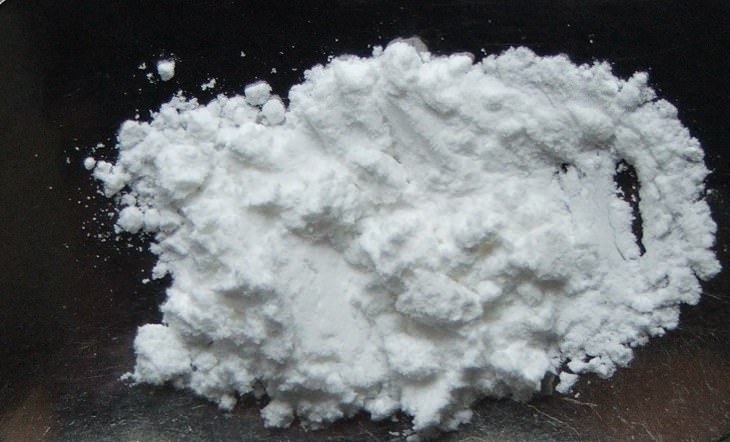
While the cream of tartar has plenty of fabulous uses, it can also pose a few risks to human health if used incorrectly or irresponsibly. As a result, it should be kept well out of reach of children.
Here are 3 ways that cream of tartar can harm your health:
It is an eye irritant.
Cream of tartar carries an NFPA rating of 2, which means that it is technically classified as a hazardous chemical. As a result, it could actually cause mild to moderate eye irritation, including swelling and redness if it were ever to get into your eyes. If this happens to you, you should immediately flush your eyes with water for at least 15 minutes. Make sure to remove any contact lenses first though!
It can cause skin damage.
Due to its acidic nature, cream of tartar is able to cause mild to moderate skin irritation too. If you find that your skin is showing signs of being irritated, then you should immediately wash that area with water and soap, covering it with some skin moisturizer afterward. If your skin is sensitive to cream of tartar, then it may be a good idea to use gloves when handling large amounts of it.
It can harm through ingestion or inhalation.
Ingesting or inhaling small amounts of raw cream of tartar could make you feel nauseous . However, if large amounts are inhaled or ingested, then toxicity could occur, meaning that you may experience dizziness, stomach cramps, or even difficulty breathing . If this happens to you, get some fresh air and seek immediate medical attention. Avoid inducing vomiting unless a medical professional instructs you to do so.
Side Effects of Cream of Tartar

While cream of tartar is relatively safe to use, there are a few side effects associated with it that you should be aware of:
It Has a Laxative Effect
Due to the way that cream of tartar interacts with the digestive system, it can be considered to be a rather mild laxative . This is perfect for anyone who suffers from constipation but could be unpleasant for anyone else. If you opt to use cream of tartar as a laxative, you should avoid using it for extended periods of time, because its overuse may be detrimental to your bowel health.
It Increases Water Loss
Cream of tartar has been found to have a diuretic effect, which means that your body will begin to lose water at an increased rate. In fact, that is why cream of tartar is often taken as a natural remedy for edema , which is a condition where fluid becomes retained within your tissues. Make sure to stay hydrated while using cream of tartar, since losing too much fluid may cause an electrolyte imbalance or dehydration.
It May Increase Your Potassium Levels
Since it is made up of potassium bitartrate, taking large amounts cream of tartar could result in your body's potassium levels becoming too high. Your body naturally tries to balance out your electrolyte levels, which is why such disruptions typically have a negative impact. Cream of tartar should be particularly avoided if you suffer from any kidney problems.
If you found this information useful, don't forget to share it with your friends and family too!
 Go to BabaMail
Go to BabaMail


